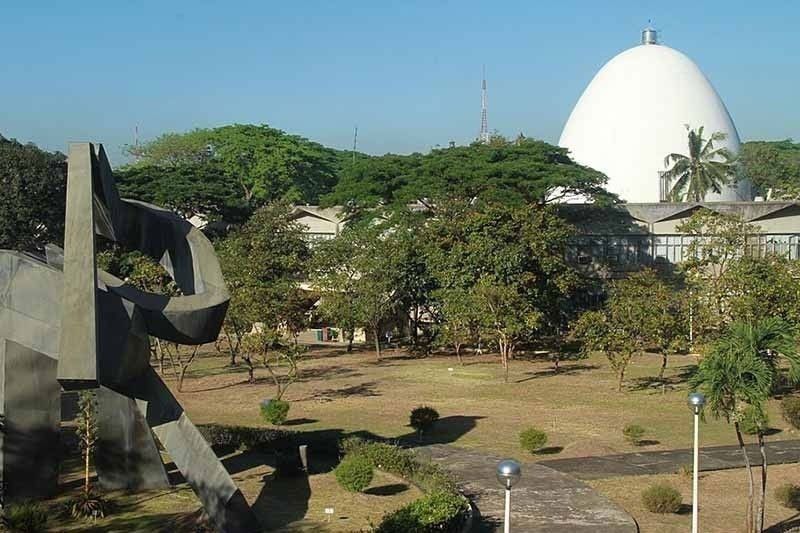Nuclear energy is safe, DOE says

MANILA, Philippines — Given historical adversities involving nuclear power plants across the world, the Department of Energy (DOE) has assured the public of careful planning for the use of nuclear energy in the Philippines.
“There is reason to fear, but there is reason to act on it and we can actually prevent and have safety and security measures,” Energy Undersecretary Sharon Garin said.
Energy Secretary Raphael Lotilla issued Department Order 2024-01-0001 creating the DOE Nuclear Energy Power Program Coordinating Committee (DOE-NEPCC) to be led by two undersecretaries as chairperson and vice-chairperson.
The committee is part of DOE’s Phase 2 in the nuclear energy program, following the completion of Phase 1 that facilitated the initial plans and various studies on establishing a power plant program accomplished by DOE-Nuclear Energy Power Implementing Organization.
The second phase involves the preparatory work for the construction of a nuclear power plant.
Garin sees the completion of the program in 2032 as each phase takes about 10 to 15 years.
“That’s how careful the industry is. We do not rush things, they make sure that everything is safe and secure when we talk about nuclear energy,” the DOE official said.
According to Garin, the DOE is targeting 1,200 megawatts of nuclear energy by 2032, and another 1,200 MW by the coming years.
“We will still follow these phases, but we believe and we are confident that we can be faster because we are ready. We have been preparing for Phase 2 for the last two years, and even the years before that,” she said.
In 2022, the Nuclear Energy Program Interagency Committee has divided all the 19 functions among the allied agencies with the DOE. Each committee will be taking charge of respective activities like legal teams, experts on nuclear safety, among others.
“We are all doing all the homework that needs to be done to prepare.”
So far, the nuclear energy committee has visited three provinces for site investments.
In an ambush interview, Garin said she could not disclose the locations just yet, but said they are eyeing Western part of the Philippines.
She added that the department is looking for locations with the least count of typhoons, earthquakes, among other natural disasters.
She mentioned islands of Palawan, the west side of Mindanao and the Panay, Negros area as “the safer sides” to build a nuclear power plant.
“It depends on who’s willing to have the power plant or a waste storage facility,” she said.
In addition, the committee is also reviewing the requirements and necessary standards imposed by the International Atomic Energy Agency (IAEA) for the nuclear power plant.
The IAEA safety standards “reflect an international consensus on what constitutes a high level of safety for protecting people and the environment” from harmful effects of radiation.
IAEA has a guide titled “Safety of Nuclear Power Plants: Commissioning and Operation.” This outlines the technical guidelines for safe planning, construction, and facilitation of nuclear power plants.
“It is not an easy task to start a nuclear energy program. That is why it is slow because we have to make sure everything is safe, secured and compliant with all the international requirements,” Garin said.
The Philippines is a member of the IAEA, and plans on pursuing nuclear energy must be pursuant to the international guidelines.
“Nobody will sell any technology if you do not comply with all these requirements by the IAEA,” she explained.
In November last year the Philippines signed an agreement with the US for potential nuclear projects.
The Agreement for Cooperation Concerning Peaceful Uses of Nuclear Energy, or known as the “123 Agreement,” allows the transfer of information, nuclear material, equipment, and components between the Philippines and the US.
- Latest
- Trending




























